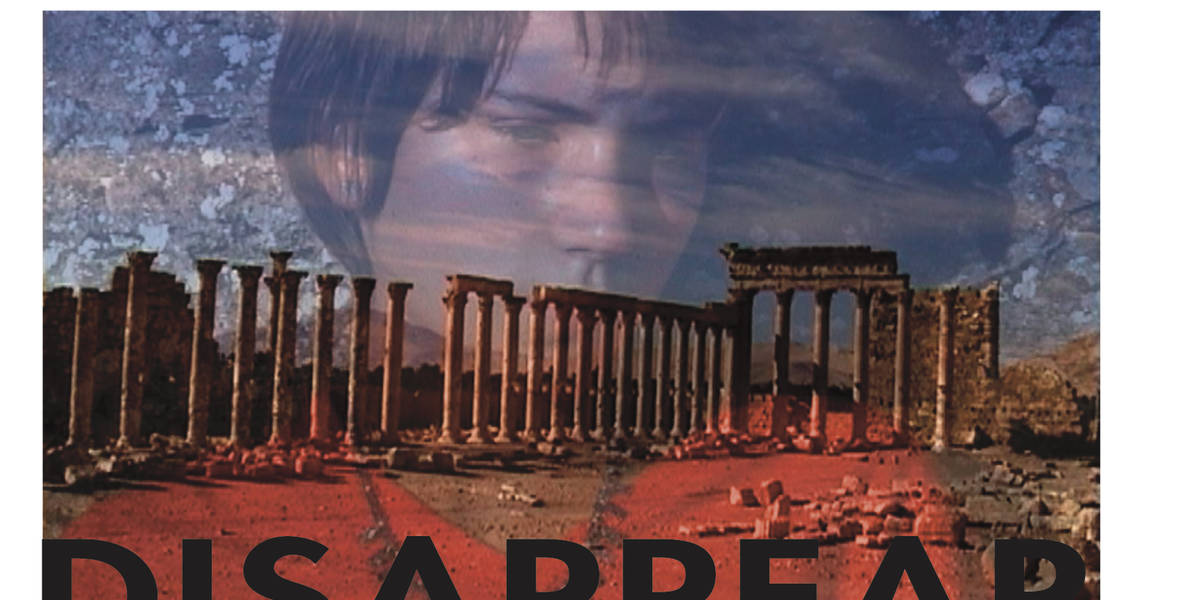Publications
Ange Leccia: Disappear
Senesi Contemporanea 25.05.2018- 13.07.2018
Production
Franco Senesi
Exhibition Organisation
Carla Schöffel and Ginevra Russo
Graphic Design
Gesa Z. M. Rusch
Photo Credits
Ange Leccia
Text by
Fabien Danesi
Special thanks to...
Gérard Quiles and Simone Verza
„Disappear“ 26.05.2018 - 13.07.18
Copyright © 2018 Senesi Contemporanea
“The contemporary mass media has emerged as by far the largest and mostpowerful machine for producing images " vastly more extensive and effective than our contemporary art system.
We are constantly fed images of war, terror, and catastrophes of all kinds, at a level of production with which the artist which its artisan skills cannot compete.
And in the meantime, politics has also shifted to the domain of media- produced imagery.”
" Boris Groyz, Art Power (2008)
For the past few years, Ange Leccia has decided to stop filming. He continues his practice as a video artist, which is now based primarily on his personal archives, accumulated throughout his life. Images are his memory filter. Significantly they are not treated in an objective or neutral way, neither does he take a cold or distant approach to them. It is in fact the opposite: Images appear as an unstable document - directly connected to his cortex. Leccia uses and reuses his data bank in a way that emphasises the living material from which images are made. Endlessly, he recycles the same representations which are an essential part of his mental magma. Images are like molten lava. They are fluid and create new forms each time they merge together, carrying with them contrasted emotions.In his new works presented at Senesi Contemporanea, Leccia focuses on sequences related to recent political history. He passes from the Twin Towers that he shot in 1986 to Palmyra’s archeological site that he visited in 2001, military presence in Syria and demonstrations in Egypt; The artist refers essentially to the Arab World torn between Islamic extremism, authoritarian regimes and democratic emancipation. Scenes depicting women, usually as portraits, emerging in an almost transparent state to confront these images. Leccia focuses on their faces which become literal surfaces for projection. In slow motion, they turn to screens which present the dramatic events. The girls seem in suspension. They float between intimacy and history, private life and public expression, seduction and confrontation.
„... beauty and violence, sensuality and brutality.“
The complete sequence could be seen as fragments of narrations or hints of fiction. Here images become elliptic tales, virtual stories. But mostly they are like dreams where all the figures could combine without strict identification. Due to the translucent quality of the images, the women intermingle with multiple silhouettes and shadows from different geopolitical contexts. Seeing it from a dialectic perspective we could highlight the opposition between beauty and violence, sensuality and brutality. After all, terrorism, war and revolt are far removed from a romantic and emotional gaze. Nevertheless, this rational approach would abandon the ambivalent sensibility in the mix of these two different worlds. If young women are associated to representations of tension, it’s because they can all be described in terms of intensity. Obviously, it is reductive to state that images are simple vessels for messages. In the case of Leccia, the technique of collage produces vibrations. Representations can be understood as wavelengths which pulsate and call for feelings. But who is afraid of emotions, that they can so easily be manipulated today in our mass media system? It’s the same for explanations, information and knowledge " rarely free of ideologies. With Leccia’s work, we are clearly in a process of abstraction which gives us beats and palpitations. In these terms videos are energies. Far from some modes of deconstruction, the artist prefers to trust his hyper-sensitivity.
„... explanations, information and knowledge " rarely free of ideologies.“
He has explained recently: “Often in these sensitive times when I use images of young girls, I break them up and then perfect them by contrasting them with an explosion, a flame or a storm. I see the two as going hand-in-hand, like a photo and its negative. Explosions are balls of concentrated energy at their peak! And I’m fascinated by flames and fire. I’m sometimes of a pyromaniac.” The loop and the music in Leccia’s work participate to the creation of a state of absorption, a kind of introspection like when you can’t determine what is inside and outside yourself anymore. Such like art tries to reach a point of fascination that can be seen as a form of sinuous criticism. It isn’t one transcendental overview on the world but more of a capacity to assimilate it.
„... art tries to reach a point of fascination that can be seen as a form of sinuous criticism.“
„Leccia exalts affects and works from the chaos of our world ...“
As Boris Groys said, contemporary artists can’t compete with the media sphere and all his broadcasts. The balance of power is completely disproportioned. But digest the received-images or produce others images could open new possibilities of resistance. Here this friction is perceived through an assumed lyricism. Leccia exalts affects and works from the chaos of our world " not in the idea to clarify it and to obtain a stable picture, but much more in a poetical logic where things continue to make sense with their flesh. The movement of the camera which follows the bodies and remains alert shows explicitly the desire to capture everything with force and fragility simultaneously. The mechanical excitement of the recording is the expression of an excess " the one of being a sensitive plate. There is maybe one way to measure this excess: to accept that the impact of touching is also the one to be touched in an undecidable overthrow.
Text by Fabien Danesi




